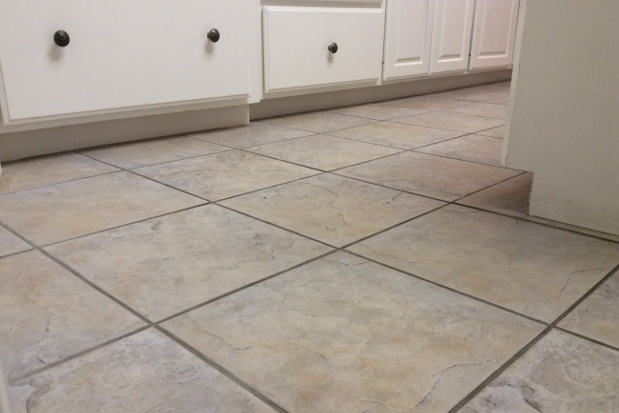
Repairing damaged tile is a cumbersome job that can be done by the average homeowner. But it is a messy, dirty job. Professionals can do your repairs in a quick and timely manner, and it will save you the pain of doing it yourself. There is no need for homeowner bravado and obsessive thrift. Unless you already have replacement materials and need only to replace one or two tiles, the time and energy it will take to repair isn’t worth the money you’ll save.
Replacing Damaged Tiles
In most cases, damaged tiles should be replaced. Hopefully you saved some extra tiles from the original installation. If you have a common tile, it may possible to buy new pieces a few years after installation, though there may be some slight color variations. Professional tile and grout repair companies specialize in repairing tiles and can make new grout match the old. If you do not have spare tiles, it might be possible to lay out a pattern combining some new tiles with the old tiles to look nicely integrated.
All tiles are subject to damage, especially by impact. However, porcelain tiles are becoming increasingly popular because they are very tough. These man-made tiles are harder than granite—a razor blade won’t even scratch them. Porcelain tiles also have consistent color from top to bottom. Scratches are extremely rare. When they do occur, they have little cosmetic or structural impact.
Ready to start your Tile Repair?
Find ProsCommon Types of Tile Damage
Chipped or cracked tiles are often created from impact and should be replaced.
Scratched tiles should usually be replaced. Most tiles are glazed with glass, which gives them their waterproof qualities. Damage to the glaze puts the tile structure at risk.
Often a tile’s coloration is on the surface. Deeper scratches will uncover the white ceramic underneath. Tile discoloration is very rare. Usually a tile’s color is set during the firing process. If for some reason discoloration happens, replacement is the only option.
The best way to repair loose floor tiles is to remove and replace them with new tiles. However, when replacements are not available, it is possible to bond loose tiles by injecting a liquid bonding material into strategically drilled holes in the grout lines between. The activated bonding material is allowed to cure and the holes re-grouted. Worn tiles need to be replaced. The erosion created by normal wear and tear puts the tile at structural risk.
Repairing Damaged Tile Grout
Sometimes the tile looks nearly good as new but the grout is cracked and missing. Professional grout cleaning can remove years of stains and dirt from grout by carefully hand scrubbing each grout joint with special commercial tile and grout cleaners. The grout can then be sealed with penetrating grout sealers to minimize future stain problems.
The color of grout can often be changed without re-grouting. The process also creates a stain-proof grout, preventing dirt and spills from penetrating in the future. When grout is missing, cracked, and stained beyond cleaning, it can be re-grouted. After sufficient curing, the new grout should be sealed with a good penetrating sealer.
Repairing Damaged Tile Caulking
Moldy caulking is unsightly and unsanitary. It can also allow water to leak into the walls. The most common problem is at the joint between bathtub and tile or shower pan and tile. If these joints are not fixed in a timely manner, great damage to the structure can occur. Professionals can remove the old caulk and apply mildicide to the open joint. They should also thoroughly dry, wipe the surface with solvent, and apply a new bead of mildew-resistant caulk to the open joint.
Ready to start your Tile Repair?
Find ProsTile Repair Alternatives
When matching replacement tiles are unavailable and the cost of replacing the entire countertop, floor, or wall is prohibitive, you might consult with a tile contractor. As long as the tile is still structurally sound, they can often repair chipped and cracked tiles with a special porcelain filler, then refinish all the tile and grout into a solid surface in the color of your choice.
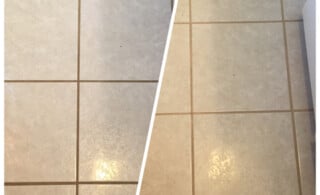 Cracked Grout: Causes, Repair & Replacement
Cracked Grout: Causes, Repair & Replacement 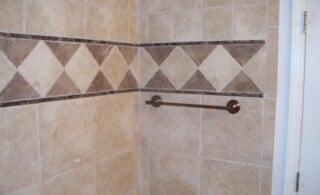 The Basics of Ceramic Wall Tile Installation
The Basics of Ceramic Wall Tile Installation  How to Build a Custom Tiled Shower Pan
How to Build a Custom Tiled Shower Pan 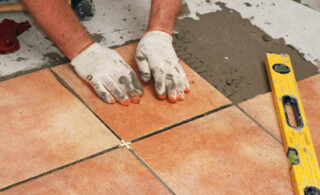 Drying Time for Tile
Drying Time for Tile 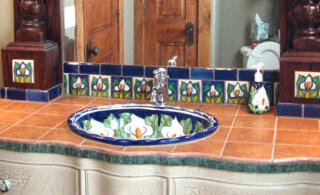 South of the Border Feel with Talavera Tile
South of the Border Feel with Talavera Tile 

In the article, you have given a good reason why chipped or scratched tile needs replacement.
However, sometimes, it will be an easier option to patch it up. If would be nice to know more about patching and covering up the scratches.